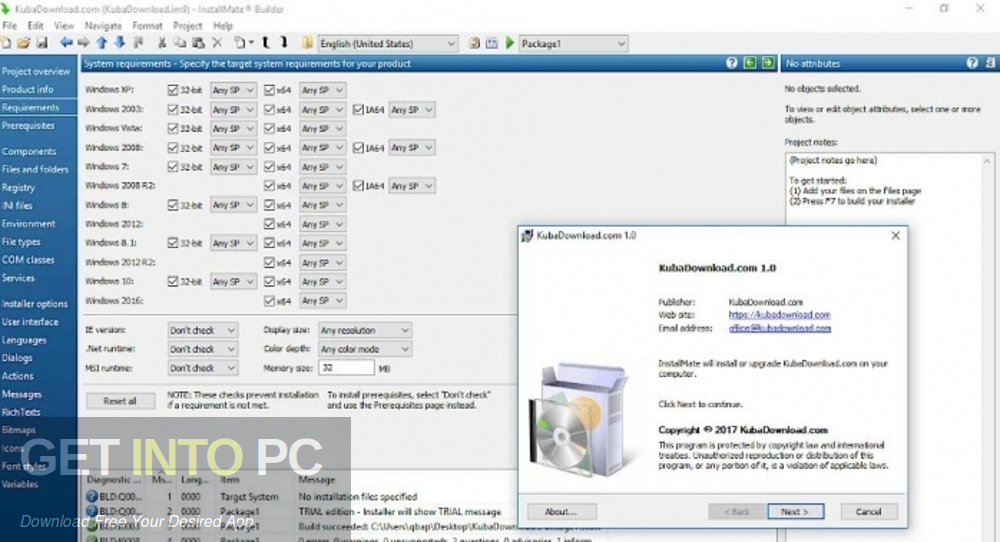
Odría, President of Peru between 19, who during his presidential term undertook important infrastructure constructions in the city, all of them in operation until today. On 31 December 1855, Tarma officially became a province.ĭuring the War of the Pacific, Tarma supported the Peruvian army, and later supported the resistance commanded by Marshal Andrés Avelino Cáceres. On 25 November, General Arenales reached Tarma, being welcomed with celebrations in the city. In the beginning of November, 1820, during the war of independence that took ahead general Don Jose of San Martín, the population of the city of Tarma supported the General Arenales. In 1815 the first cadastre was made in Tarma, concluding that the town had 775 houses and approximately 3500 inhabitants. Indeed, throughout the Colonial time, since the 17th century, the name of Tarma was becoming popular in used than the one of Pampas. Thus, was also the name of the town change to Tarma.


This meant that the Cabildo or city administration was no longer in the hand of the local indians, but turned to the Spaniards and wealthy mestizos. With the introduction of the Intendencias in 1784, the first Intendente Don Juan Maria Gálvez, converted or elevated the status of the village to that of a "villa" or town. Originally its name was Santa Ana de Pampas, and was a town of natural people, called "pueblo de indios". The Spaniards moved the capital or head of the province from Tarmatambo, located at a slope of a mountain, to the bottom of the valley, called Pampas. Tarma was founded during the policy of "reducciones" under the rule of fifth viceroy Francisco de Toledo (1569-1575). The capital of the Inca province was Tarmatambo. Tarma became a sort of buffer zone for the Inca. They took away people and territory from the former ethnic groups and building a strategic political province, which allowed them to better control the large ethnic groups of Chinchaycocha, Xauxa and Wanka. When the Inca arrived, they built up a new province in Tarma.

A small group called Palcamayo settled to the east section. The xauxa settled to the southern part, south of Tarma river. The Chinchaycocha were to the northwest, mainly what is today La Oroya and northern part of the valley. Recent archaeological excavations show that prior to Inca occupation, the gorges of Tarma were settled by many ethnic groups.


 0 kommentar(er)
0 kommentar(er)
